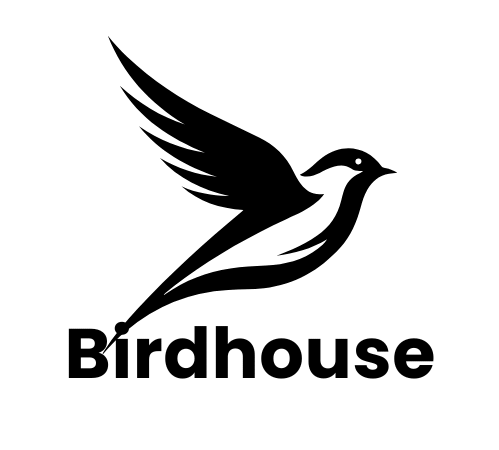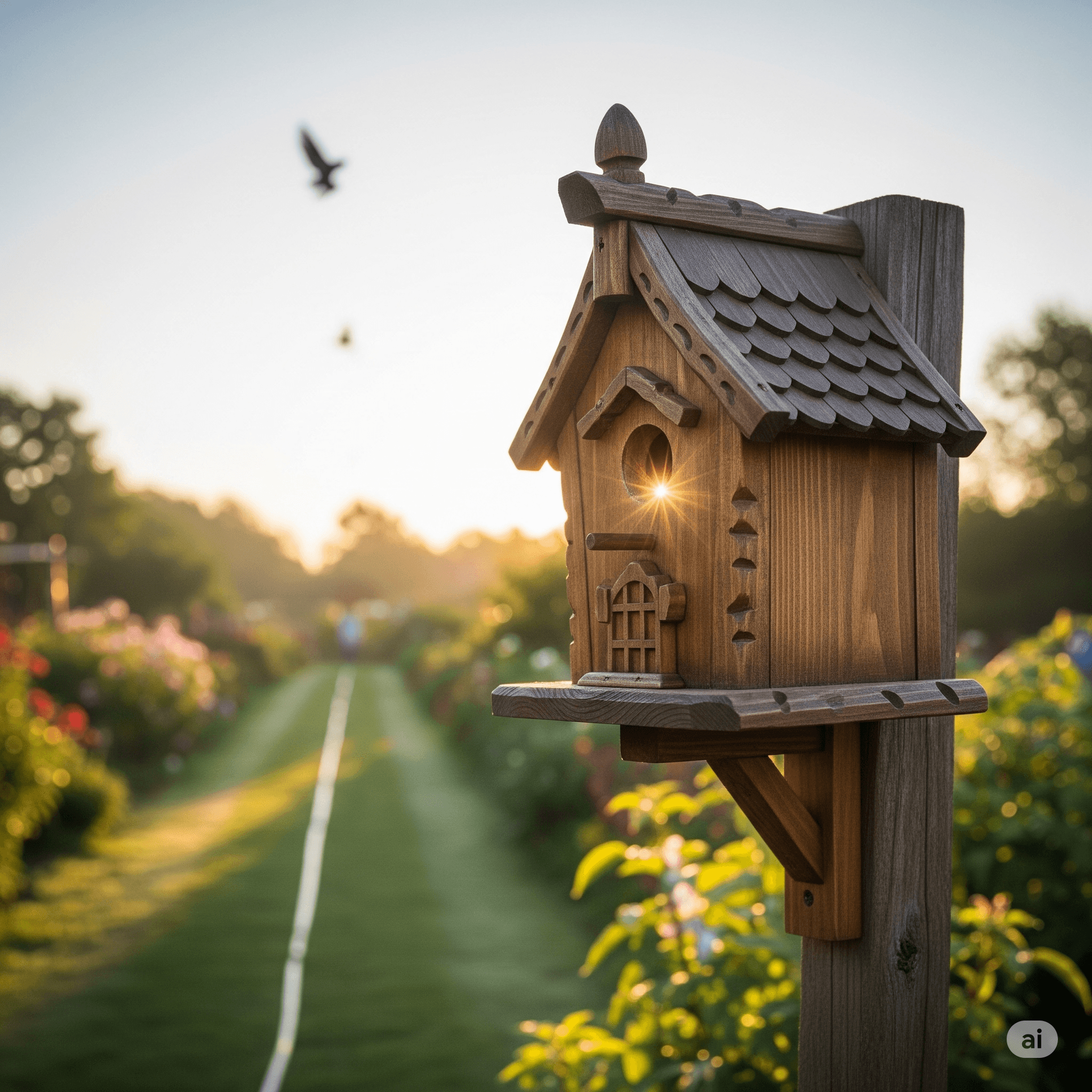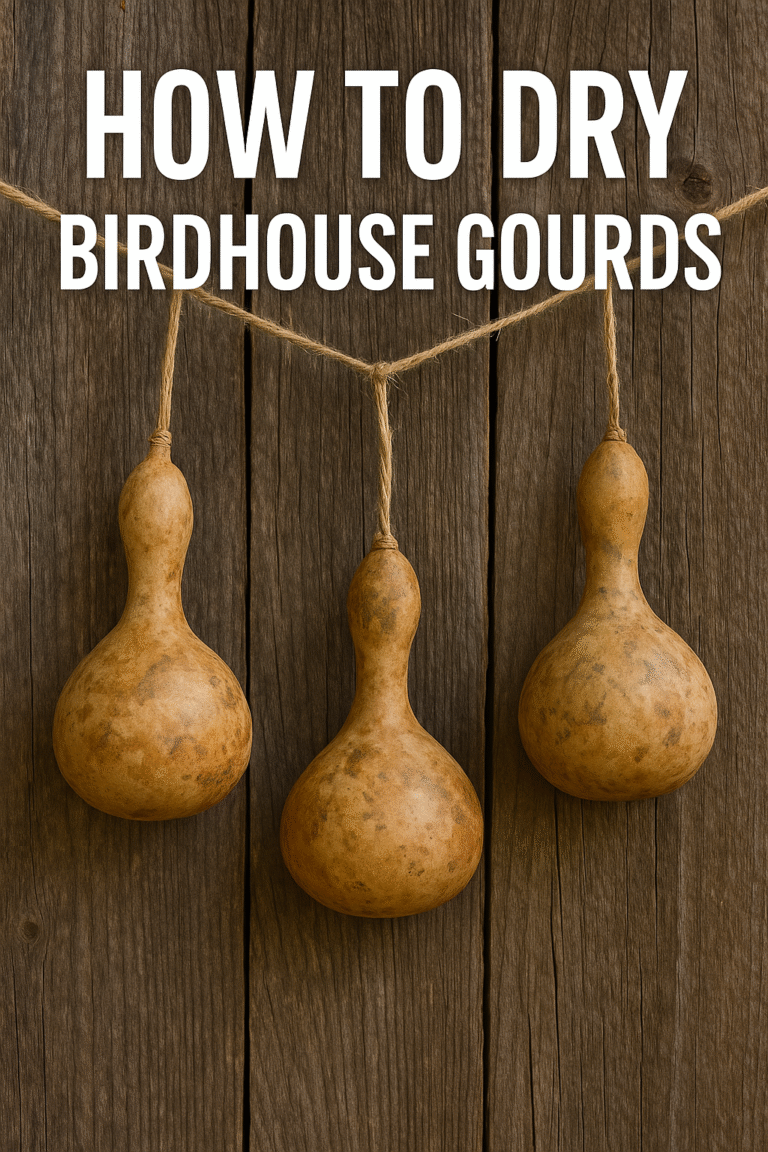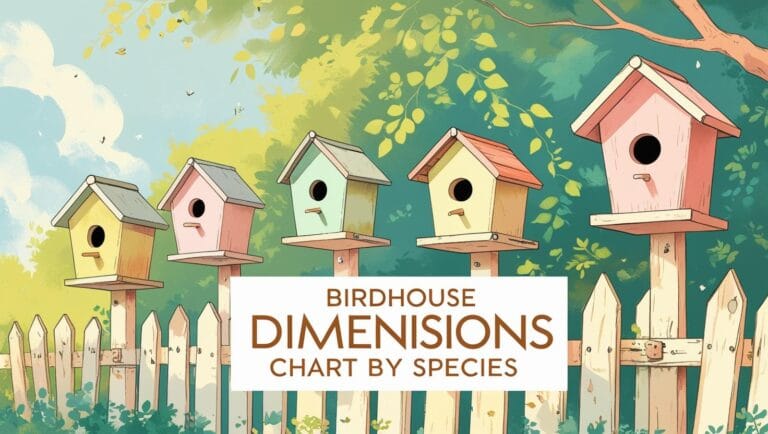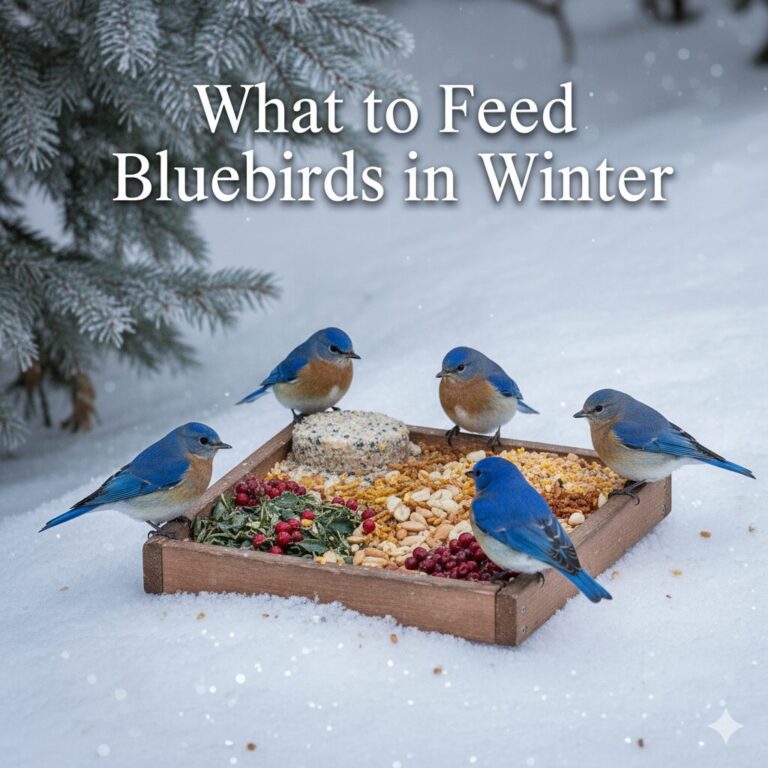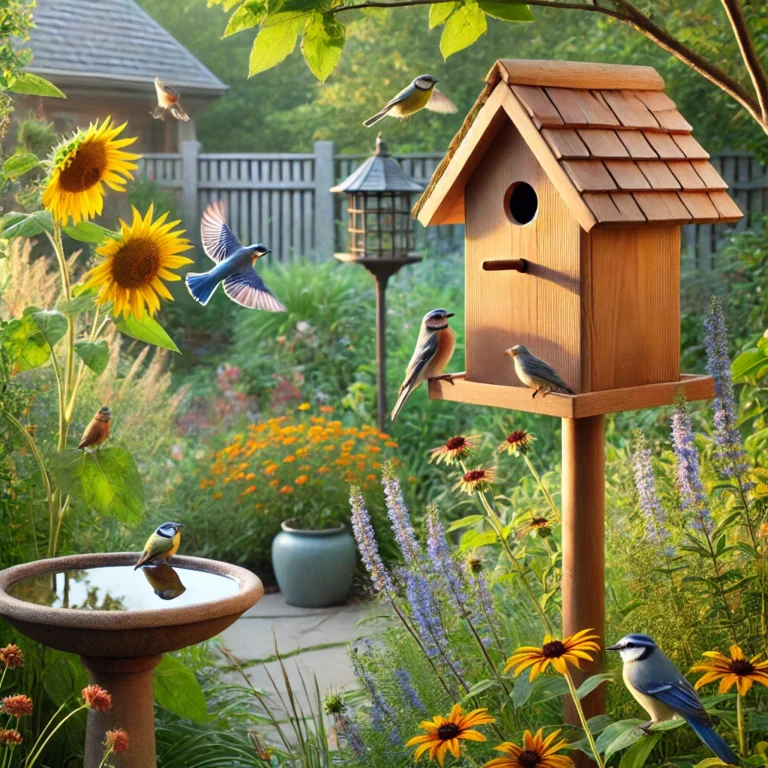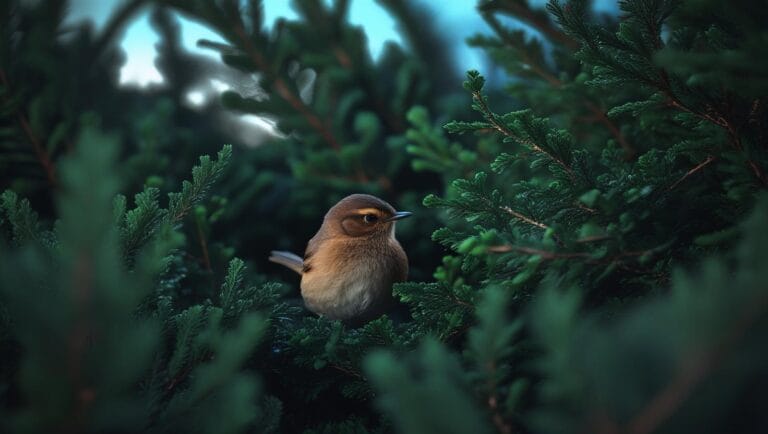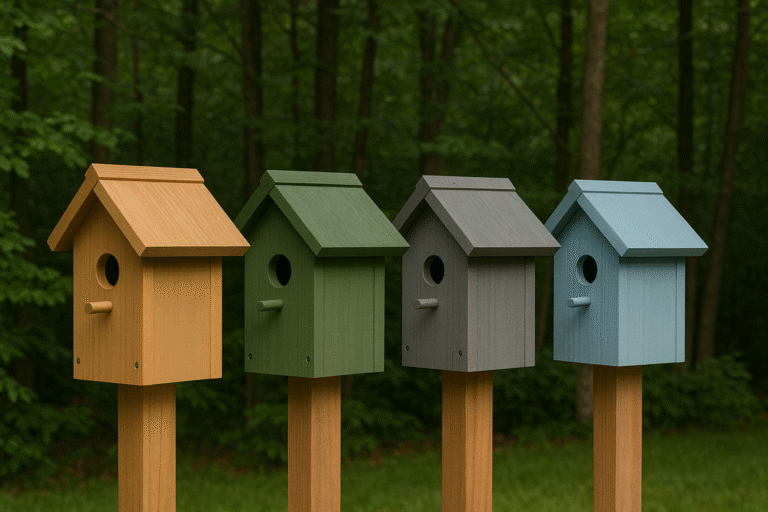Providing a birdhouse is one of the simplest and most rewarding ways to support wild birds in your backyard. However, the success of a birdhouse is influenced not only by its size, materials, and height, but also by the direction it faces. Choosing the correct orientation can protect birds from harsh weather, predation, and temperature extremes while increasing the likelihood that your birdhouse will be used year after year.
This comprehensive guide explores the factors that influence the direction a birdhouse should face, including sunlight, prevailing winds, predator risks, and seasonal considerations. Whether you are a beginner looking to attract wrens, bluebirds, or chickadees, or an experienced bird enthusiast, understanding these elements is key to creating a safe and welcoming environment for nesting birds.

SISTERBIRD 2 Pack Bird Houses for Outside Clearance with Copper Guard, Cedar Bird House Outdoor
Check Price
Nature’s Way Bird Products CWH4 Cedar Bluebird Viewing House
Check PriceWhy Birdhouse Orientation Matters
The Short Answer:
A birdhouse should generally face east or southeast to catch morning sunlight, avoid harsh afternoon heat, and stay sheltered from prevailing winds, helping keep birds safe, warm, and comfortable.
Birds are highly sensitive to environmental conditions. The direction a birdhouse faces can significantly impact nesting success, egg survival, and chick development. For instance, houses that face the wrong direction may be exposed to harsh morning sun, intense afternoon heat, or strong prevailing winds, all of which can stress the birds and even cause nest abandonment.
Furthermore, proper orientation can also reduce the risk of predation. By positioning the birdhouse strategically, you can make it harder for raccoons, snakes, and cats to reach the entrance. In addition, correct placement ensures better drainage and ventilation, which prevents moisture accumulation that could lead to mold or rot inside the birdhouse.
Ideal Directions for Birdhouses
While the ideal direction can vary slightly depending on your location and the species you hope to attract, there are general guidelines that tend to work well for most backyard birds.
Facing East or Southeast
Most bird experts recommend orienting the birdhouse entrance toward the east or southeast. This direction allows the early morning sun to warm the nest, helping incubating birds and hatchlings start the day comfortably. Additionally, the east-facing orientation avoids the hottest afternoon sun from the west, which can overheat the nest and endanger eggs and chicks.
Avoiding Strong Winds
If your area is prone to strong winds, avoid facing the entrance directly into prevailing wind directions. Excessive wind can chill young birds, blow debris into the nest, and even damage the birdhouse. By combining the east-facing guideline with a location sheltered by shrubs, fences, or trees, you can provide a safer environment for nesting birds.
Seasonal Considerations
In colder climates, facing a birdhouse toward the sun’s morning path can be especially beneficial to help keep eggs warm. In hotter climates, you may want to angle the birdhouse slightly away from intense sunlight to prevent overheating. Considering seasonal variations helps maintain optimal conditions throughout the breeding season.

SISTERBIRD 2 Pack Bird Houses for Outside Clearance with Copper Guard, Cedar Bird House Outdoor
Check Price
Nature’s Way Bird Products CWH4 Cedar Bluebird Viewing House
Check PriceFactors Affecting Birdhouse Orientation
Several factors go beyond simple compass directions. Understanding these will allow you to customize placement based on your backyard environment.
Height Above Ground
The height of the birdhouse affects both predation risk and exposure to weather. Most small cavity-nesting birds prefer a height of 5 to 10 feet. Taller placements may reduce predation but increase wind exposure, so orientation must compensate for environmental factors.
Surrounding Vegetation
Shrubs, trees, and other plantings can provide both shelter and cover. Placing the entrance near a small hedge or shrub can help birds feel secure without allowing predators easy access. Orientation should complement nearby vegetation for optimal protection and sun exposure.
Local Climate
Birdhouses in regions with high rainfall need slightly sloped roofs and drainage holes, but their orientation can further help keep the nest dry. Facing the entrance away from prevailing wet winds ensures that rain does not enter the box. In arid regions, orienting the birdhouse to maximize morning sun while providing afternoon shade is key to avoiding overheating.
Predator Protection
Predators such as raccoons and snakes often approach from the ground or through tree branches. Combining proper height with careful directional placement minimizes access and reduces stress for nesting birds.
Tips for Installing a Birdhouse Correctly

SISTERBIRD 2 Pack Bird Houses for Outside Clearance with Copper Guard, Cedar Bird House Outdoor
Check Price
Nature’s Way Bird Products CWH4 Cedar Bluebird Viewing House
Check PriceProper installation is as important as orientation. Following these tips ensures that your birdhouse remains stable and inviting:
Sturdy Mounting
Use a pole, tree bracket, or wall mount to secure the birdhouse firmly. Avoid flimsy placements that sway in the wind, as this can discourage nesting.
Ventilation and Drainage
Even with ideal orientation, birdhouses must have ventilation holes near the top and drainage holes at the bottom. These features allow excess moisture to escape and help maintain a safe, comfortable environment inside.
Cleanable Design
Select a birdhouse with a removable panel or hinged door for easy cleaning at the end of each season. Proper maintenance prevents parasite buildup and increases long-term occupancy.
Consider Species Preferences
Different birds have varying preferences. For example, wrens often favor east-facing entrances in partially shaded areas, while bluebirds may choose boxes facing open fields for better visibility. Researching target species will help you optimize orientation and placement.
Pros and Cons of Paying Attention to Birdhouse Orientation
Pros
- Increases likelihood of successful nesting.
- Reduces exposure to extreme temperatures and weather.
- Helps protect eggs and chicks from predators.
- Encourages frequent visits and long-term occupancy.
Cons
- Requires research and attention to local climate and wind patterns.
- May need adjustments if vegetation or environmental conditions change.
- Improper placement can still lead to low occupancy despite following compass guidelines.
Frequently Asked Questions (FAQs)
Should all birdhouses face east?
While east or southeast is generally recommended, consider your local climate, sun patterns, and wind exposure. Adjust placement accordingly for maximum comfort and safety.
How high should I place a birdhouse?
Most cavity-nesting birds prefer 5–10 feet above the ground. Use a pole or secure bracket to keep the house stable and safe from predators.
Can I place a birdhouse near trees?
Yes, but avoid placing the entrance directly facing dense branches or areas where predators can easily access it. Provide cover without compromising safety.
Do I need to adjust the birdhouse seasonally?
Not usually, unless sunlight or wind patterns change dramatically. Consider slight adjustments if your region experiences extreme seasonal variations.
Will the direction affect occupancy?
Absolutely. Proper orientation significantly increases the likelihood that birds will choose the house, protecting them from weather and predators while encouraging nesting behavior.
Conclusion
The direction a birdhouse faces is a critical, yet often overlooked, aspect of backyard birdcare. By facing the entrance east or southeast, considering wind and sun exposure, and ensuring proper height and surrounding cover, you can create a safe, comfortable environment for nesting birds. Combining correct orientation with a durable, well-designed birdhouse dramatically improves the chances of occupancy and breeding success.
Whether you are attracting wrens, bluebirds, chickadees, or other cavity-nesting species, paying attention to these factors ensures your backyard remains a thriving sanctuary for birds year after year. With thoughtful placement, predator protection, and seasonal adjustments, your birdhouse will become a welcoming home for your feathered visitors.
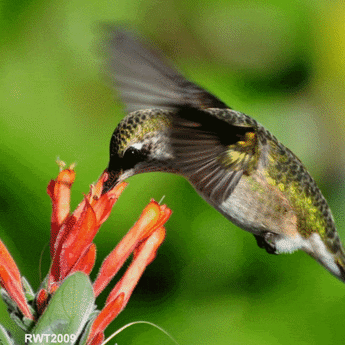
Sanom is a lifelong nature enthusiast and passionate backyard birder who has spent years observing bird behavior and building DIY birdhouses. With a deep curiosity for species like chickadees, wrens, and woodpeckers, he shares practical tips and heartfelt stories to help others attract, shelter, and appreciate the wild birds around them. Whether you’re crafting your first birdhouse or simply enjoying morning songbirds, Iftekhar’s guides on BirdHouseTales.com are designed to bring you closer to the magic of birdwatching.
